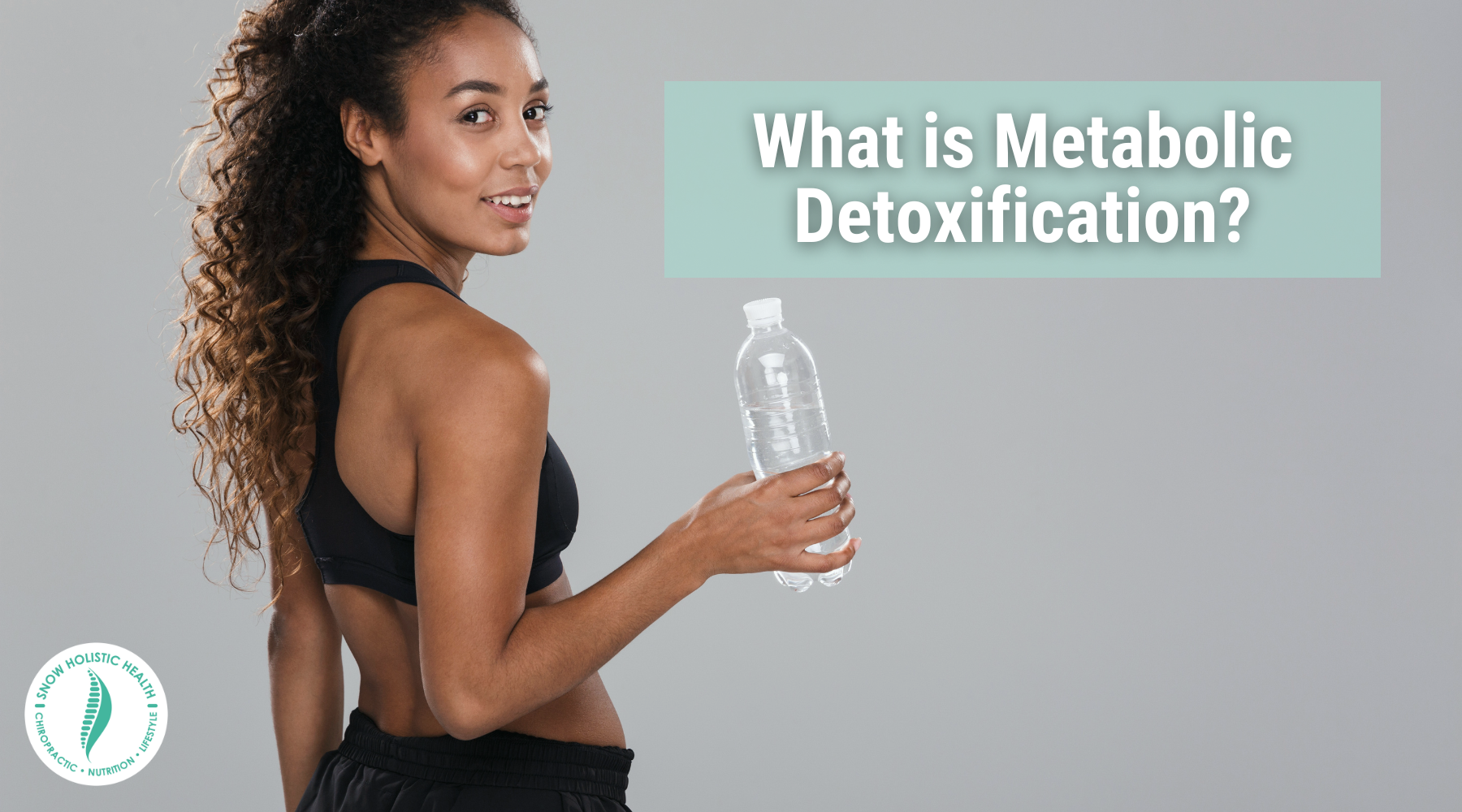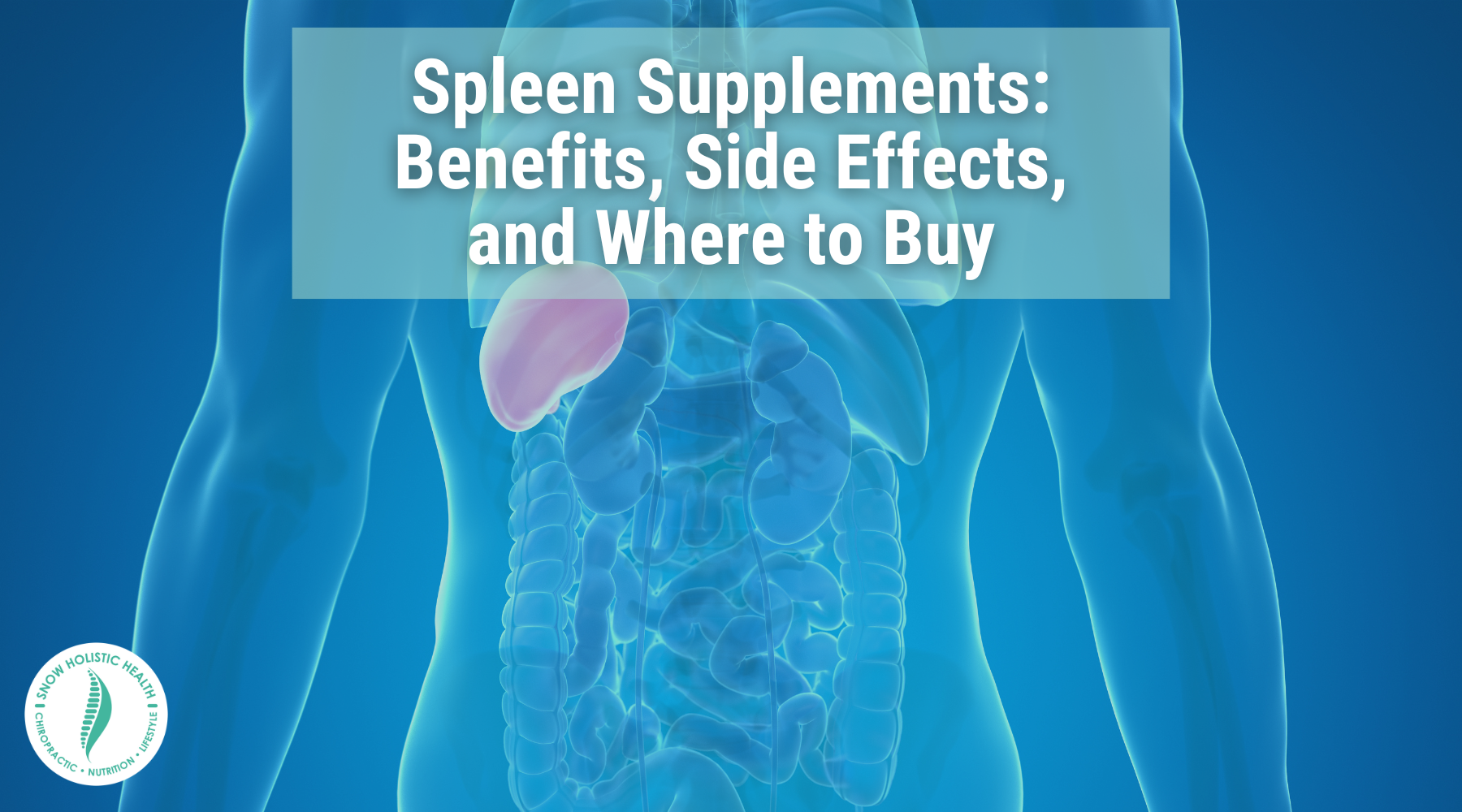What is Metabolic Detoxification?

Metabolic disruptors, heavy metals, xenoestrogens, and other dangerous toxins are everywhere–in the foods we eat, the beverages we drink, and even the products we use to clean our homes.
Not only can toxins build up to dangerous levels in the body, but, over time, their accumulation can lead to serious illnesses like heart disease, cancer, and metabolic syndrome.
Even in lower levels, a toxin-heavy lifestyle can lead to fatigue, indigestion, and acne, among other symptoms. However, the body naturally purges these toxins through metabolic detoxification.
Metabolic detoxification is a natural process that breaks up toxins and moves them out of the body through the liver. As we age and our metabolism slows, it becomes more challenging for our bodies to remove toxins. In this article, we’ll explore the metabolic detoxification process from start to finish.
Toxins
Common sources of household toxins include:
- Air Fresheners
- Cleaning products (bleach, ammonia, etc)
- Carpet cleaner
- Antifreeze
- Cosmetics
- Oven cleaner
- PFAs
- Prescription drugs
- Phthalates
- Plastics
Common sources of dietary toxins
- Heavy metals (lead, mercury, cadmium, chromium)
- Lectins
- Fertilizers
- Pesticides
- Alcohol
- Refined Sugar
Is Your Lifestyle Toxic?
Are you worried you’re living a toxic lifestyle? Toxins are present in our food, drink, air, and water, and certain lifestyle choices can expose us to more than our bodies can handle.
Certain dietary behaviors such as reheating foods in plastic containers, using plates, silverware, cups, and water bottles with lead-based paint, phthalates, or PFAs, and/or ingesting foods high in refined sugar can increase your toxin exposure levels. One of the best ways to avoid excess toxins in your diet is to carefully select your foodware.
Similarly, using household products or cosmetics full of hormone disruptors, volatile compounds, or noxious chemicals can have serious impacts on your health.
Toxic products can be hard to identify and even harder to remove from your home and your life. The paint on your walls, the varnish on your furniture, the gasoline in your garage–-they can all be a silent source of toxins.
Symptoms of Toxin Exposure
The symptoms of toxin exposure can come-and-go based on the season, weather, allergies, or existing health conditions. Worried about toxin exposure? Some common symptoms include:
- Skin issues
- Weight gain
- Fatigue
- Itchiness
- Joint pain
- Trouble sleeping
Three Phases of Metabolic Detox
Metabolic detoxification (or biotransformation) is the way in which the body rids itself of toxic chemicals that impede its ability to function or pose an active danger. Usually, this process takes place through the liver’s normal functioning, cleansing both the dangerous byproducts of cellular respiration, and external toxins such as food additives, inhaled volatile compounds, and environmental toxins such as heavy metals.
Unfortunately, metabolic detox may slow down or become less effective due to a variety of factors including: family history, environmental exposure, nutrient deficiency, and age.
The detox process occurs in three stages:
Phase 1: Unlock
In the first phase of metabolic detox, toxins trapped in fat cells are released and converted into intermediary forms before becoming water-soluble. Fat-soluble toxins have an easier time permeating cellular membranes and entering cells where they can wreak havoc on basic processes.
On the contrary, water-soluble molecules tend to be less likely to pass through cell membranes and easier to move out of the body as waste.
The system through which fat-soluble toxins are made water-soluble is complex. First, an enzyme binds the toxin to another molecule such as an amino acid or methyl- group.
Unfortunately, these new molecules tend to be intermediate in nature, and more reactive than their original, fat-soluble forms, requiring immediate neutralization. Several essential nutrients, including Vitamin A, Vitamin C, Vitamin E, and other antioxidants help protect the body from damage and reign in oxidative stress.
Phase 2: Neutralize
After the reactive intermediates are created, another set of enzymes transforms them into stable, water-soluble molecules that are easier to remove from the body. However, in order to be fully neutralized, each reactive intermediary must be paired with the appropriate water-soluble fraction.
Neutralization reactions are complex, multi-step processes involving numerous cofactors, including phytonutrients, antioxidants, methyl-groups, and nutrients (especially B Vitamins). When these nutrients are not present, neutralization and proper methylation are impaired, preventing toxin removal.
Phase 3: Eliminate
Once reactive intermediaries have been appropriately neutralized into water-soluble molecules, they can pass out of the body as waste, either in the urine or feces.



